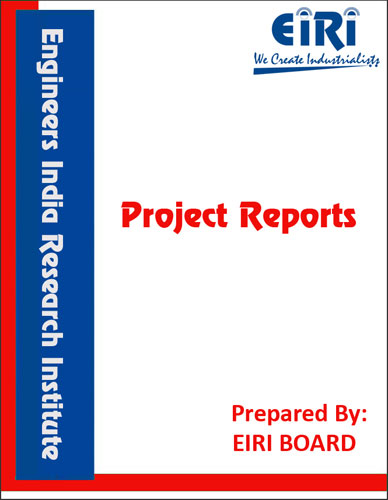COLD SUPPLY CHAIN FOR MEAT
The project report includes Present Market Position and Expected Future Demand, Market Size, Statistics, Trends, SWOT Analysis and Forecasts. Report provides a comprehensive analysis from industry covering detailed reporting and evaluates the position of the industry by providing insights to the SWOT analysis of the industry.
We can prepare PROJECT REPORT as per your INVESTMENT PLAN for BANK LOAN REQUIREMENT and INDUSTRY ANALYSIS. All reports are prepared by highly qualified consultants and verified by a panel of experts.
Have Query? Click Here to Chat
Industry Expert is Online, Chat with him for more detail.

Healthy animals slaughtered hygienically after resting and fasting provide a practically aseptic meat. However, following slaughter, evisceration and dressing operations, microbial contamination occurs especially on the surface of meat, through contact with equipment, tools, hands, clothes, objects, etc.
Due to the chemical composition of meat which is rich in proteins, lipids and water, it is a particularly favorable substrate for the growth of microorganisms. The lipid content of meat also makes it very sensitive to oxidation (the reaction of oxygen with fatty acids) and subsequent production of peroxides. The breakdown products of the peroxides produce the characteristic objectionable odor and flavor of rancid meat.
In general, meat spoilage can be avoided by maintaining the required cold chain, starting from its production until it reaches consumers.
Chilling refers to the application of cold to meat to reduce its temperature to 2-4oC within 24 hrs. Air temperature of chillers is in the region of 0°C.
Freezing refers to the application of cold to meat to reduce its temperature for preserving meat longer than 72 hrs (acceptable duration for chilled meat). Air temperature of freezers is in the range of -30° to -40°C.
INTRODUCTION
VALIDATION
OVERVIEW OF COLD CHAIN INDUSTRY IN INDIA
MARKET POSITION AND FUTURE TREND IN COLD SUPPLY CHAIN
COLD CHAIN INDUSTRY STRUCTURE
MARKET AND PROSPECT FOR COLD SUPPLY CHAIN
PROCEDURE AND GUIDELINE FOR COLD SUPPLY CHAIN
ANALYSIS OF COLD CHAIN IN INDIA
COLD SUPPLY CHAIN FOR MEAT
COLD CHAIN FOR MEAT EXPORT
DETAILS OF COLD CHAIN LOGISTICS INFRASTRUCTURE
TEMPERATURE CONTROLLED ENVIRONMENTS FOR MEAT
PERSONAL HYGIENE AND CLEANLINESS
PROCESS FLOW DIAGRAM
OPPORTUNITIES FOR IMPROVING THE FOOD SUPPLY CHAIN
COLD CHAIN PACKAGING
VEHICLE AIR CONDITIONER WITH COLD STORAGE UNIT
METHODS
SUPPLIERS OF EQUIPMENTS
SUPPLIERS FOR COLD STORAGE
GRANT OF PERMISSION AND CLEARANCE
TO OPEN COLD SUPPLY CHAIN
RESOURCES & CONTACT FOR COLD SUPPLY CHAIN
APPENDIX – A :
1. COST OF PLANT ECONOMICS
2. LAND & BUILDING
3. PLANT AND MACHINERY
4. FIXED CAPITAL INVESTMENT
5. RAW MATERIAL
6. SALARY AND WAGES
7. UTILITIES AND OVERHEADS
8. TOTAL WORKING CAPITAL
9. COST OF PRODUCTION
10. PROFITABILITY ANALYSIS
11. BREAK EVEN POINT
12. RESOURCES OF FINANCE
13. INTEREST CHART
14. DEPRECIATION CHART
15. CASH FLOW STATEMENT



